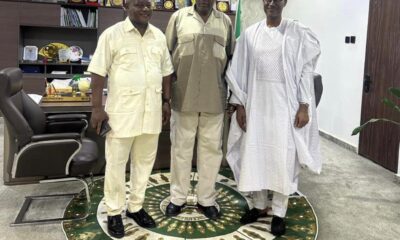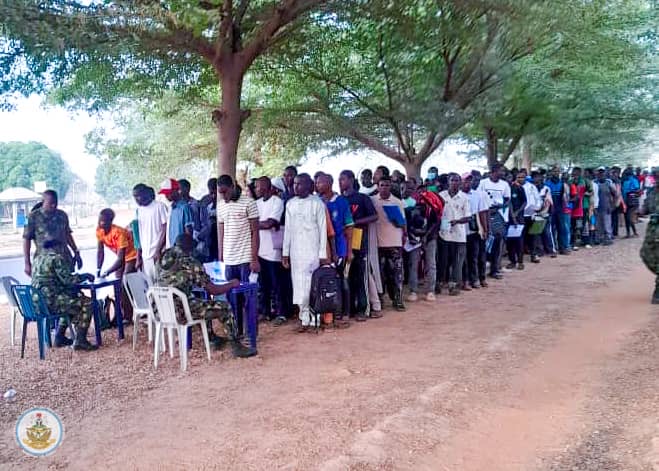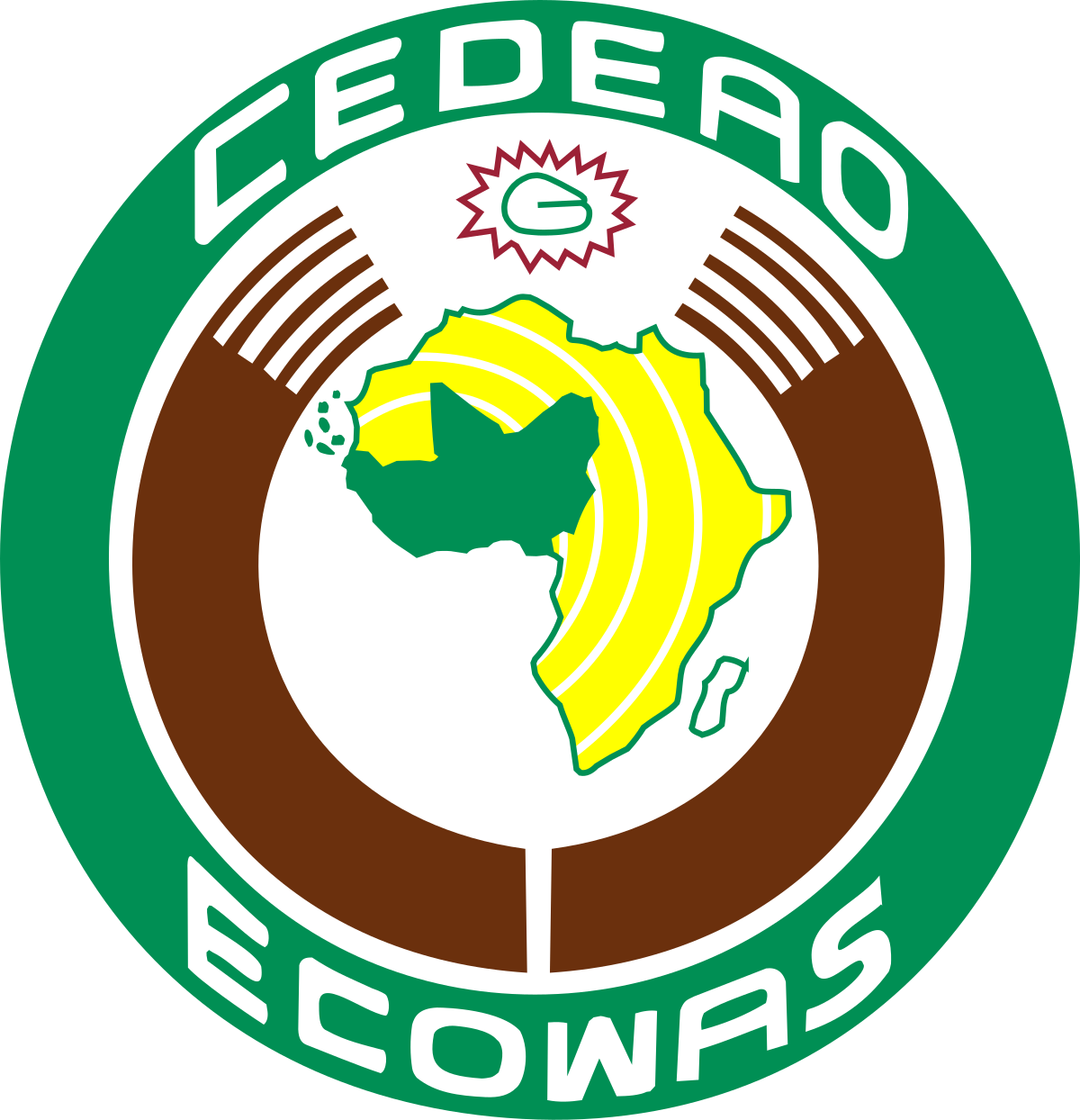Feature
The Days Before Google: How Nigerian Journalists Got Their Sources

In today’s world, the internet is an indispensable tool for journalists. A simple Google search can yield a treasure trove of information, from breaking news to in-depth research. But rewind a few decades, and Nigerian journalists were navigating a very different landscape—one without the convenience of Google, smartphones, or even reliable internet connections. Instead, the world of journalism in Nigeria was shaped by face-to-face interviews, handwritten notes, and good old-fashioned phone calls.
As we take a trip down memory lane, we will explore how Nigerian journalists sourced their stories in the pre-Google era, how they built networks of informants, and how their perseverance in the face of limited resources defined an era of groundbreaking reporting.
The Power of Phone Calls
Before the widespread availability of the internet, phone calls were a journalist’s lifeline. While mobile phones weren’t common in Nigeria until the late ’90s, landlines and public telephones were a journalist’s first tool in sourcing stories. Newsrooms were filled with the sound of ringing phones, as reporters reached out to government officials, police, business leaders, and even sources on the streets to verify facts, gather interviews, and stay ahead of the competition.
Phone calls were critical for connecting with informants, often involving long and expensive conversations. Journalists would often need to make repeated calls to verify information, sometimes taking hours to get a single quote. In many cases, sources who would have easily been reached through a quick email today would require hours of back-and-forth phone calls, and the ability to network and build trust with these sources was paramount.
For many, a simple landline was their only communication tool, and the lack of quick access to global information meant that many Nigerian journalists had to rely on local connections and human intelligence to dig deep into stories. For example, investigative journalists often used their contacts within the government, law enforcement, and even corporate sectors to uncover corruption, financial fraud, and corporate misconduct, which required years of building rapport and trust.
Handwritten Notes and Typewriters
Journalists who lived through the pre-Google era remember the days when handwritten notes were the cornerstone of gathering information. When meeting sources in person, whether in a government office, a bustling market, or even a remote village, journalists would carry notebooks to jot down key quotes, ideas, and facts.
Taking notes by hand often gave journalists an advantage—being more engaged and focused on the conversation than the distractions of a phone or laptop. These notes, however, came with their own challenges. They had to be legible and organized, because handwritten interviews had to be transcribed later for stories to be written.
In many cases, a reporter would return from an interview and have to decipher what they had written, sometimes with a pen that had run out of ink or a notebook that had seen better days. The process could be grueling, but it created a deeper connection with the story at hand. It wasn’t just about typing up an interview; it was about remembering every word spoken and understanding the emotion behind it.
Once the notes were transcribed, the next step was putting them into a story format using a typewriter. Typewriters were the tool of choice in many Nigerian newsrooms until the early 2000s, and journalists were expected to type their stories at lightning speed. A mistake on a typewriter meant starting over, as corrections were either made by crossing out words with correction fluid or retyping entire pages.
In many cases, journalists had to be resourceful. For example, in an era where newsrooms had limited resources, reporters would rely on the same typewriters for years, often having to find spare parts or make do with what they had. The stories that emerged from these conditions were sometimes raw, but always told with passion and resilience.
Face-to-Face Interviews
When Google wasn’t an option and phone calls could only take you so far, the most reliable way to get information was face-to-face interviews. In the days before social media or instant messaging, meeting with sources in person was often the best way to establish trust and get accurate, firsthand accounts.
Journalists would spend hours traveling to meet politicians, celebrities, and ordinary citizens, building relationships that could take years to cultivate. A quick coffee with a police officer, a chat with a politician after a rally, or a discussion with a community leader could provide hours of material for a reporter. The process of meeting sources in person allowed journalists to better gauge body language, tone, and emotion, all of which contributed to the richness of their stories.
In many instances, journalists had to use their street smarts to track down elusive sources. They would visit offices, hang out at popular spots, or even track down sources in rural areas who weren’t as easy to reach. Sometimes, getting a story meant knowing the right places to look and the right people to ask, as journalists worked tirelessly to uncover the truth.
The Role of News Agencies
In the absence of the internet, Nigerian journalists often relied on news agencies for the latest updates. These agencies—such as the Nigerian News Agency (NAN)—provided a steady stream of information, from political events to economic updates, and were essential in ensuring that journalists had access to timely information.
However, news agencies weren’t always able to provide all the information that reporters needed. Journalists often had to cross-reference their agency sources with local reports, making multiple calls and checking multiple sources to ensure the accuracy of their stories. This rigorous process built a level of credibility and reliability that still defines Nigerian journalism today.
The Challenges and Triumphs of Limited Resources
While sourcing stories in the pre-Google era was undoubtedly challenging, Nigerian journalists of the time developed an unparalleled sense of resourcefulness and determination. They had to work harder, think smarter, and build trust with their sources in ways that today’s journalists may not fully appreciate.
For instance, journalists often had to write under tight deadlines without the luxury of finding the latest updates with a simple search. They would have to chase down their sources physically, often in chaotic traffic or by foot, just to get that one elusive piece of information. In a country where infrastructure was often unreliable, journalists became experts in navigating the difficult terrain—both literally and figuratively—just to get the truth out.
Despite these challenges, the work of Nigerian journalists in this era was nothing short of heroic. Their commitment to getting the story right, often at great personal and professional cost, resulted in groundbreaking stories that shaped the nation’s history. The period before Google’s dominance was marked by an unrelenting pursuit of the truth, with every report reflecting the journalist’s dedication to informing the public.
The Changing Landscape
As technology has evolved, the role of the internet and tools like Google in journalism cannot be overstated. Today, newsrooms are flooded with instant updates, emails, and social media feeds. But the days before Google taught Nigerian journalists invaluable lessons in patience, persistence, and resourcefulness. These journalists didn’t just report the news—they created it, often from scratch, without the luxury of a quick search.
While the tools may have changed, the essence of journalism remains the same. The work ethic, passion, and commitment to truth that defined the pre-Google era are qualities that continue to inspire Nigerian journalists today. So, as we sit in front of our laptops and smartphones, let us take a moment to remember the days before Google, when the newsroom was filled with the sound of ringing phones, typewriters clacking away, and the steady beat of determination that turned ordinary stories into extraordinary ones.
In many ways, the challenges of the past laid the foundation for the digital journalism of today, showing us that no matter the tools, the heart of journalism is always about getting the story and telling it well.
-

 News1 day ago
News1 day agoTAF Global delivers 1,000 affordable homes, wins big after Africa Housing Award
-

 NUJ FCT2 days ago
NUJ FCT2 days agoNUJ FCT 2025 carol hails Journalists for truth, peace, development
-

 News2 days ago
News2 days agoHousing sector: HDAN vows Zero Tolerance for Scammers, pledges vigilant oversight for professional excellence
-

 News2 days ago
News2 days agoAfrica faces 130m housing deficit by 2030, $1.4trn in finance gap, minister warns
-

 News2 days ago
News2 days agoMOFI CEO Takang wins Housing Finance Personality of the Year 2025
-

 World News2 days ago
World News2 days agoNamibia to tackle 88% urban informal settlements — Sankwasa
-

 News20 hours ago
News20 hours ago$5m School Fees: Dangote challenges NMDPRA boss to clear his name
-

 News1 day ago
News1 day agoTranscorp Hilton Abuja ushers in the Holiday Season with a spectacular Christmas Tree lighting ceremony, exclusive festive packages





















